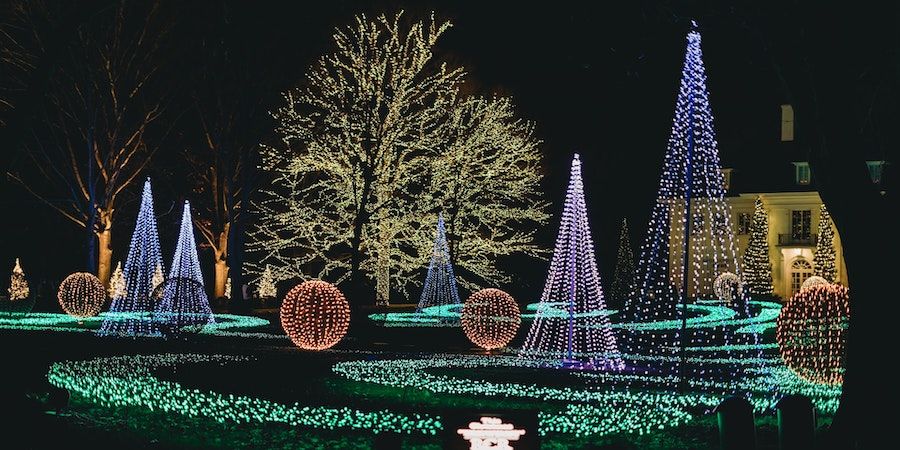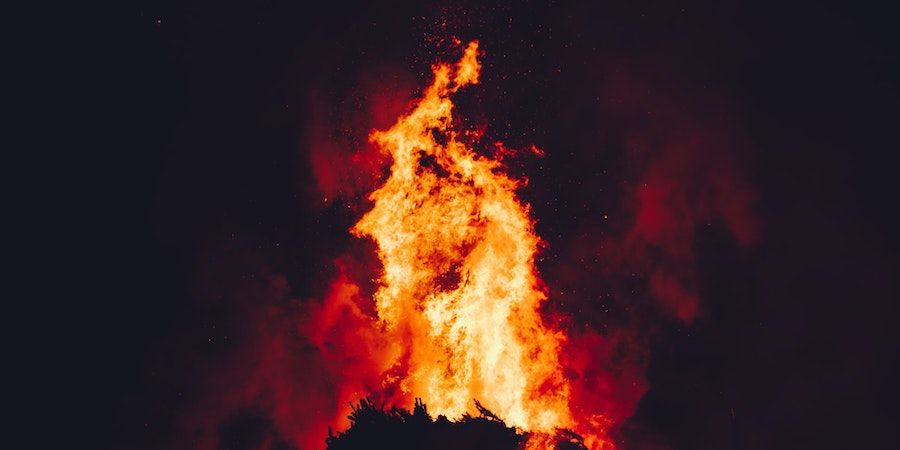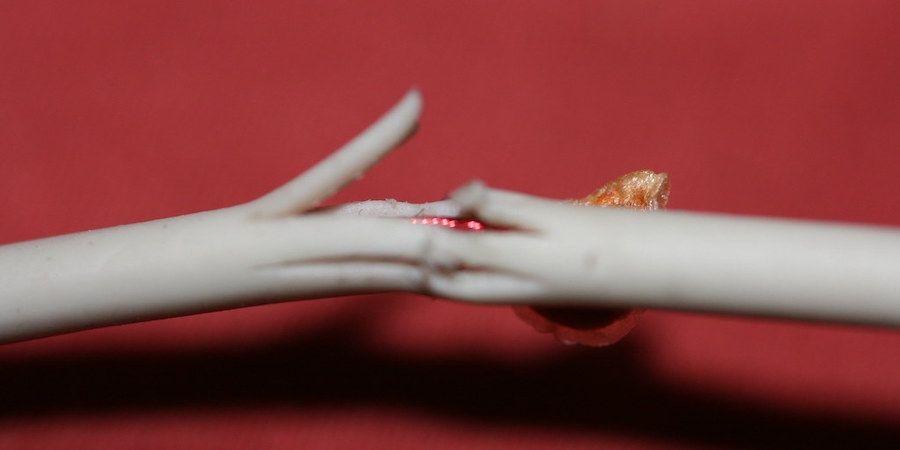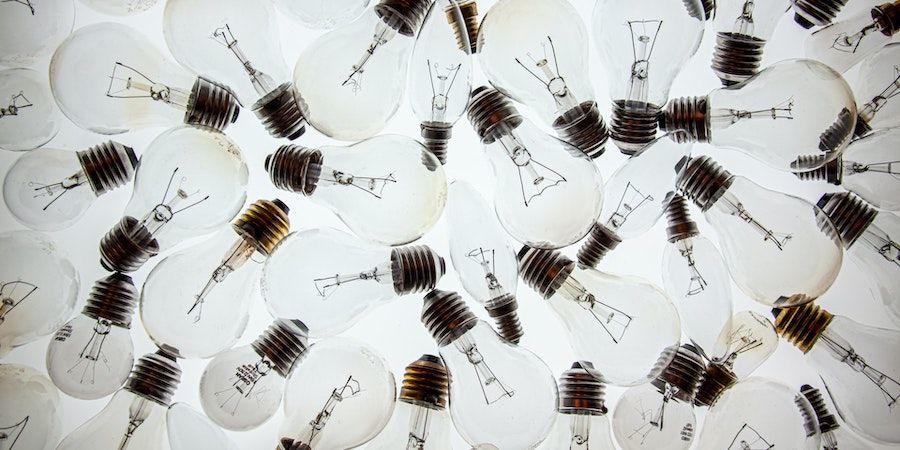The holiday season means that many of us are adding a combination of holiday decorations and lights to our homes. While this looks festive and adds to the holiday spirit, could we be creating dangerous fire hazards in the process?
While there’s no reason to call the fire department just yet, let’s get to the bottom of the question; can Christmas lights cause a fire?
The Short Answer
Yes, Christmas tree lights can cause a fire. According to the National Fire Protection Association, an average of 770 fires are caused by Christmas lights every year. The main cause of these fires is an electrical fault and the risk for outdoor lights is the same for indoor lights.
Image credits: Anna Popović via Unsplash
The Long Answer
Electrical fires are the most common cause of fires when Christmas lights are involved. So in order to prevent fires caused by strings of lights, we need to have a better understanding of electrical fires.
Electrical fires occur when there is a short in the circuit. Basically, faulty wiring could lead to excessive heat being generated by the electrical current as it moves through the wiring, which could lead to sparks and eventually fire.
The best way to prevent a fire of this nature is to thoroughly check the wiring before you plug your lights in. Especially if you have an older set of Christmas lights that live in storage for most of the year.
You’re looking for any breaks or melted spots in the wire casing. Any exposed wires or loose connections are definite red flags too. If you find any of this on your Christmas lights, it’s best to replace that strand of lights or replace the whole set of lights to be safe.
The same can be said for extension cords. If you’re using an extension cord for any part of your Christmas decoration make sure they’re safe by giving them a proper examination before use.
Electrical fires can also be caused by faulty outlets. Excessive heat, discoloration, sparks, and smoke are all definite causes for concern. If you notice any of these signs around a particular outlet you should cut power to this outlet from the breaker. It’s best to get your electrician in to have a look before you use that outlet again.
A side note for those using a real tree. When you water the tree it’s probably best to unplug the string of lights first. Electricity is extra dangerous in wet conditions, so it’s best not to play with fire.
Image credits: quinn.anya via Creative Commons
LED vs Incandescent
The next most common cause for Christmas tree fires is hot bulbs. This shouldn’t be a problem for LED lights, since LED lights don’t produce huge amounts of heat.
If you have incandescent lights, however, you’re more at risk of starting a fire. Especially if these lights are on for prolonged periods. First of all, thoroughly check the condition of the wires on this set of lights. Since most incandescent lights are older, the wires are more likely to be in bad shape.
When they’re plugged in and turned on, keep a close eye on each bulb and turn off the whole set if you notice excessive heat. When putting the lights up make sure no bulb is in contact with anything.
If you have a real dry tree or decorations made of flammable materials, I strongly recommend replacing your incandescent lights with LEDs. For more details, check out our post on the difference between LED and incandescent Christmas lights.
Image credits: Wilhelm Gunkel via Unsplash
Wrap Up
The short answer is that yes, Christmas lights can cause a fire. The good news is that these fires can easily be prevented with regular maintenance. A thorough visual inspection before you plug anything in will usually be good enough to prevent any catastrophes.
That being said, if you’re using incandescent bulbs for your Christmas lights, you should keep a closer eye on them and prevent running them for prolonged periods. If you follow the recommendations above you should have disaster-free holidays for years to come.




